Crawlspace building practices have changed dramatically over the last 50 years.
The evolution of crawlspace building practices over the past five decades has been profound. Traditionally, the focus was on maintaining ventilation to prevent moisture accumulation, typically achieved through gravel or rock for drainage, exterior vents for airflow, and insulation of the floor space. However, it became evident that this approach was insufficient in combating moisture and mould effectively.
As understanding deepened, a paradigm shift occurred. Today, the prevailing wisdom advocates for a complete reversal of traditional methods. Instead of relying on ventilation alone, the emphasis is on creating a sealed and insulated space, akin to how we treat basements. This conditioned crawlspace is integrated with the home’s exterior insulation and heating systems, eliminating moisture issues and addressing concerns like pipe freezing.
This modern approach reflects a comprehensive understanding of building science, prioritizing structural integrity and occupant comfort. By embracing these updated best practices, homeowners can ensure healthier and more resilient living environments.
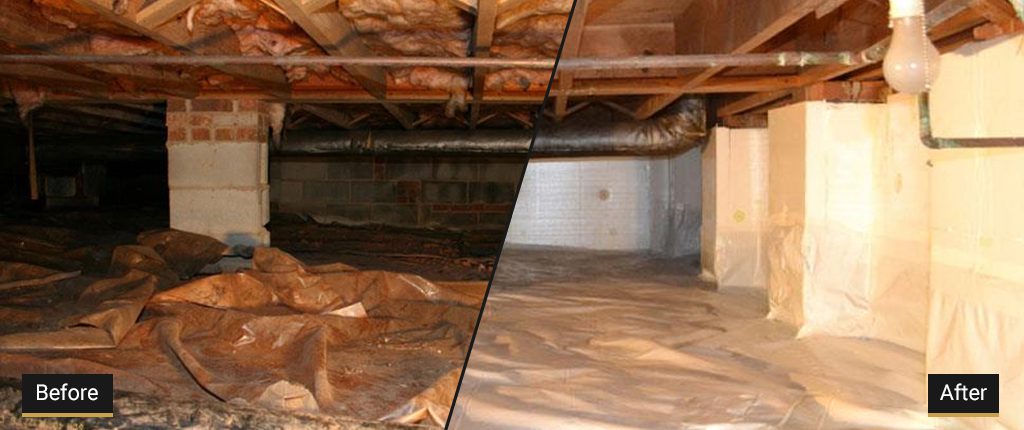
A modern approach to crawlspace construction involves sealing and insulating the space to prevent moisture issues and enhance energy efficiency.
Click here to learn more about best attic practices and how to prevent ice damming.
Heating the Crawlspace
Proper heating in crawlspaces creates a conditioned environment beneath the flooring. Installing heat ducts in the crawlspace can often be straightforward. Heating the space beneath the floor serves multiple purposes. It keeps the floor warm for enhanced comfort and helps regulate moisture levels, thereby mitigating the risk of mould and mildew growth. Additionally, adequate heating prevents plumbing from freezing during cold weather conditions.
It’s important to remember that heating any space requires a corresponding return air path to the furnace. Without a proper air circulation system, effectively distributing heat becomes challenging. To optimize airflow, consider positioning the heat source at one end of the crawlspace and the cold air return at the opposite end. This configuration facilitates efficient circulation and ensures uniform heating throughout the space.
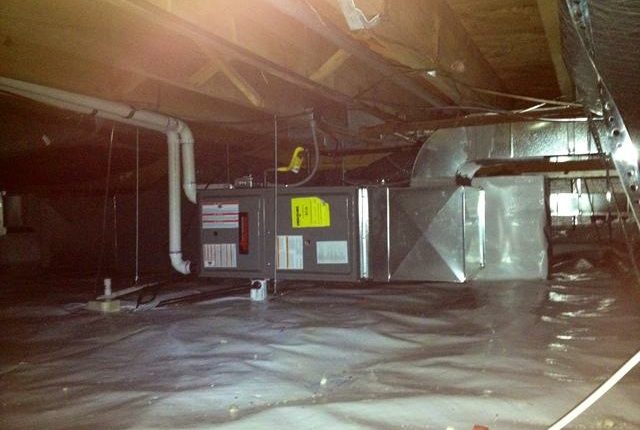
Proper heating in crawlspaces is vital for comfort and moisture control. Strategic placement of heat ducts and cold air returns ensures adequate airflow and prevents freezing pipes.
Insulating the Crawlspace Walls
Insulating the walls of the crawlspace is crucial for maintaining warmth, protecting pipes from freezing, and ensuring comfort on upper-level floors. Various insulation methods can be employed to insulate a crawlspace’s perimeter effectively. Framing with batt insulation, foam board panels such as Expanded Polystyrene (EPS) or Extruded Polystyrene (XPS), or applying spray foam are all viable options. It’s essential to ensure that the insulation provides a minimum R-value of at least R-12 for optimal thermal performance.
When framing, it’s imperative to avoid direct contact with the ground unless using materials specifically designed for long-term ground contact, such as Permanent Wood Foundation (PWF) material. This precaution helps prevent moisture issues and extends the longevity of the structure.
For optimal insulation performance, mineral wool insulation, such as Roxul or Rockwool, is recommended. Mineral wool boasts a higher R-value per inch than fibreglass insulation, making it more efficient in preserving heat. Additionally, its stiffer composition facilitates easier installation, and its inherent water and fire resistance provide added durability and safety.
Avoid insulating under the floor to allow heat to warm the floor above effectively. If there is existing insulation or a vapour barrier in place, it should be removed to facilitate proper heat distribution.
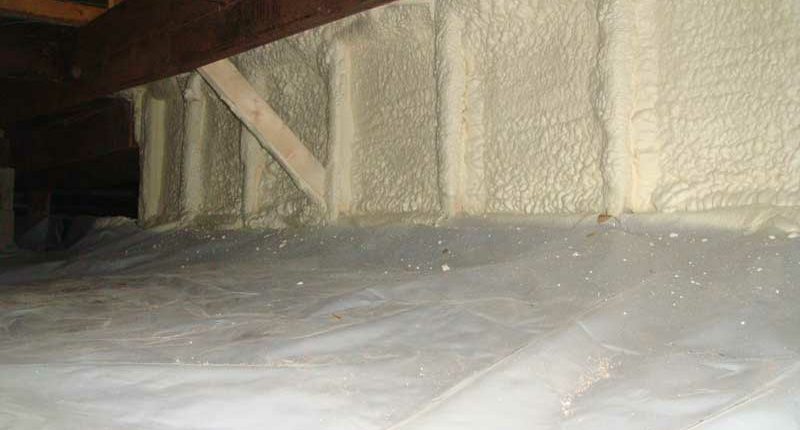
Proper insulation of crawlspace walls is essential for preventing freezing pipes and maintaining warmth in upper-level floors. Choose insulation materials with adequate R-value and ensure proper installation techniques for optimal performance.
Sealing Crawlspaces
Proper sealing is essential for maintaining a dry and energy-efficient crawlspace environment. Effective sealing prevents moisture infiltration and helps regulate humidity levels, thereby minimizing the risk of mould and mildew formation while enhancing energy efficiency.
Key sealing practices include:
- Floor Sealing: Covering the crawlspace floor with a durable vapour barrier, typically a 6-10 mil polyethylene sheeting, acts as a barrier against ground moisture. This barrier helps prevent moisture from seeping into the crawlspace, contributing to a drier environment.
- Foundation Wall Sealing: Sealing the foundation walls further reinforces the barrier against moisture intrusion. This step involves using appropriate sealants or waterproofing materials to seal any gaps, cracks, or penetrations in the foundation walls, preventing water ingress. Spray foam used for insulation will double as a vapour/
- Joint Sealing: Ensuring tight seals around joints and seams is crucial for comprehensive crawlspace sealing. Products like Tuck tape or acoustic sealant effectively seal joints between various materials, such as between the vapour barrier and foundation walls, creating a continuous barrier against moisture infiltration.
- Spray Foam Insulation: Using spray foam insulation for wall insulation not only provides thermal resistance but also serves as an effective air barrier. Spray foam fills gaps and seals voids, reducing air leakage and improving energy efficiency.
By implementing these sealing practices, crawlspace environments can remain dry, humidity levels can be controlled, and energy efficiency can be optimized, contributing to a healthier and more comfortable living space.

Proper sealing of crawlspaces is essential for moisture control and energy efficiency. A combination of vapour barrier on the floor, sealed foundation walls, and joint sealant ensures a well-sealed and protected crawlspace environment.
Additional Considerations for Crawlspace Management
- Location of Access Hatch: Whenever possible, position the access hatch to the crawlspace inside the building. If locating it internally is unavoidable, ensure proper insulation and sealing to prevent heat loss and moisture infiltration. Install weather stripping around the perimeter of the hatch to create a tight seal.
- Utility Equipment Placement: If utilities such as water heaters or furnaces are situated in the crawlspace, opt for sealed units with powered vents. These vents directly draw combustion air through a dedicated vent into the appliance, improving efficiency and safety. For low- or mid-efficiency furnaces, install a combustion air intake, which is an insulated pipe extending to the exterior of the building. Consider adding an automatic damper to the combustion air intake pipe, which opens when the furnace operates and closes when it’s not in use, optimizing efficiency.
By addressing these additional considerations, you can enhance your crawlspace environment’s functionality, efficiency, and safety.
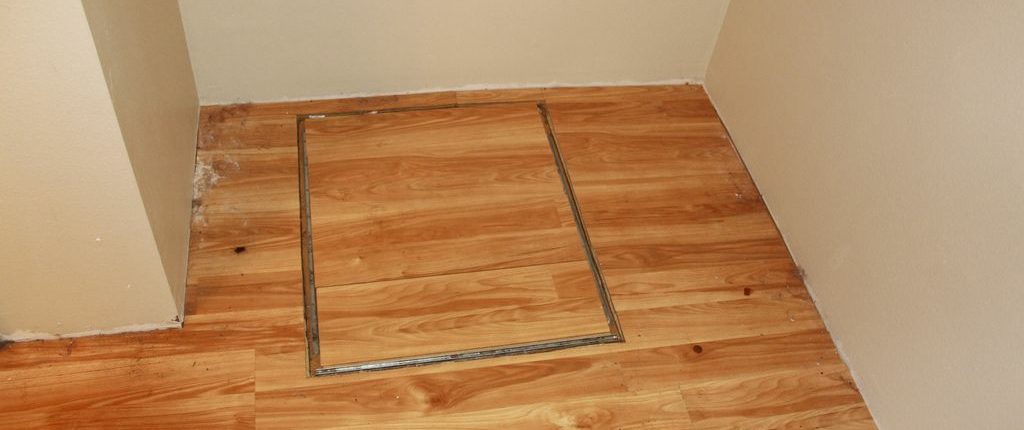
Considerations like access hatch location are crucial in optimizing crawlspace efficiency and safety.
Conclusion: Ensuring the Longevity and Comfort of Your Crawlspace
In conclusion, prioritizing measures to keep moisture out and heat in is essential for maintaining the integrity of your crawlspace, preventing mold growth, and enhancing comfort within the building. These efforts contribute to a longer lifespan for your crawlspace and lead to increased energy savings over time.
While the process may require some crawling around, getting dirty, and perhaps a bit of frustration, the benefits far outweigh the challenges. Investing the time and effort into adequately insulating, sealing, and managing your crawlspace will pay off in the long run, providing a healthier and more comfortable indoor environment for you and your family.
So, roll up your sleeves, prepare for a bit of hard work, and know that your efforts will be rewarded with a more resilient and energy-efficient home. Your future self will thank you for taking proactive steps to care for your crawlspace!
Hi, I’m David!
Empower yourself with knowledge and secure your loved ones’ well-being. Join me, a Master Electrician and dedicated home inspector, on a journey of discovery as we delve into the fascinating world of building sciences. Together, let’s make your home not just a structure but a haven for your family. See my bio here.

 Inspection Works
Inspection Works Inspection Works
Inspection Works